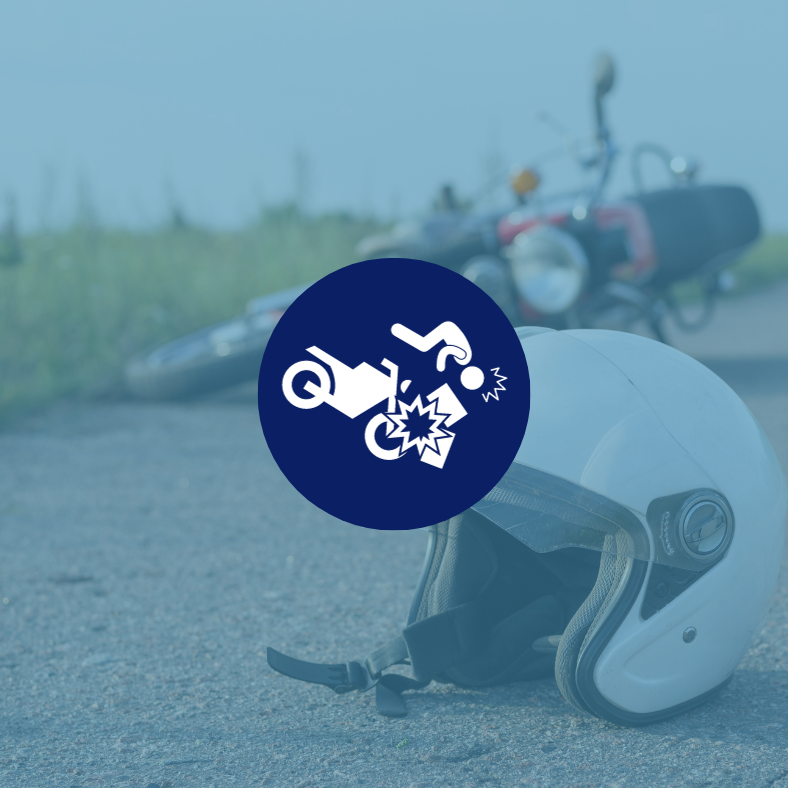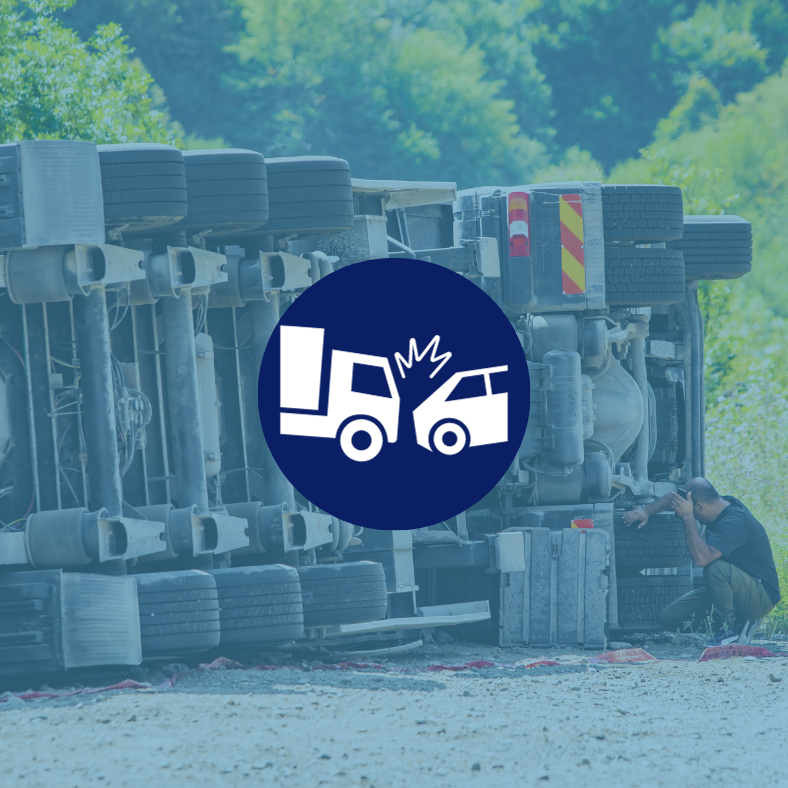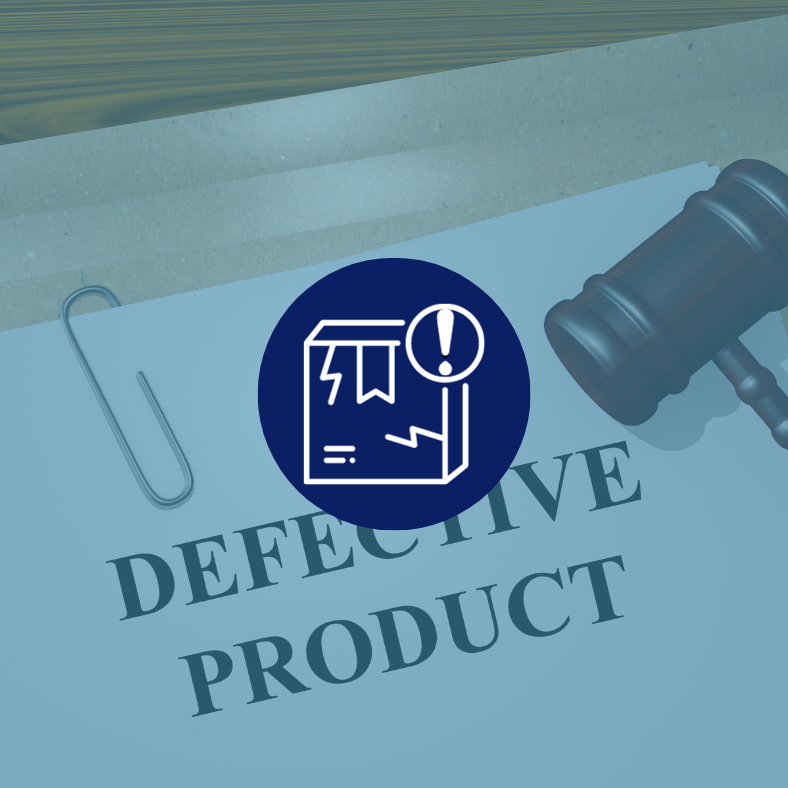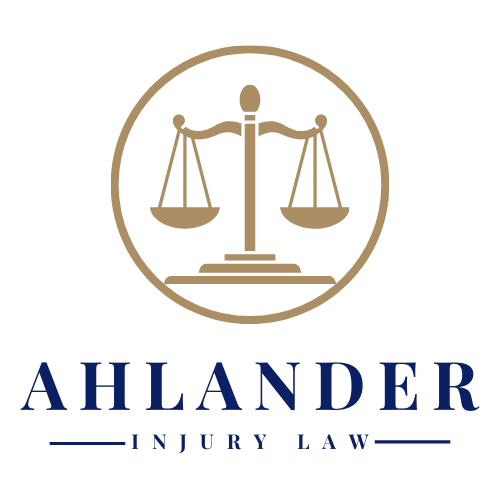Motorcycle Accident Attorneys: Las Vegas Recovery Help
Navigating life after a motorcycle accident can be overwhelming, especially when dealing with mounting medical bills, lost wages, and insurance negotiations. At Ahlander Injury Law, our dedicated team understands the unique challenges injured riders face.
If you need a trusted motorcycle accident lawyer to guide you toward the compensation you deserve or fiercely advocate on your behalf, we’re here to help. We know that serious injuries demand serious representation—our experience spans numerous motorcycle accident cases, ensuring you receive personalized attention and strategic legal support tailored to your circumstances.
From filing an insurance claim to litigating in court if necessary, our goal is to ease your burdens so you can focus on recovery. Throughout every stage of your case, we’ll work tirelessly to protect your rights and secure compensation for medical costs, pain and suffering, and property damage.
Call Erik Ahlander
When facing the aftermath of a motorcycle crash, you need a proven ally in the legal field. Call Erik Ahlander to get dedicated representation from a motorcycle accident attorney who believes in personalized service and an honest, results-driven approach. Erik Ahlander is a member of the State Bar of Nevada and the Nevada Justice Association.
We understand how crucial it is to safeguard your health and your financial interests. Trust us to be your advocate, standing by your side from consultation to resolution, fighting for every dollar you deserve.
If You’ve Been Injured In Las Vegas, Help Begins Here
From our Las Vegas office, we’ve seen firsthand how devastating motorcycle accidents can be for riders and their families. That’s why we’ve built our practice on open communication, tenacious negotiation, and a commitment to transparency throughout the entire legal process.
As respected motorcycle accident legal professionals, our top priority is to protect your rights while pursuing the maximum compensation available. Every claim is handled with care, keeping you informed of critical updates along the way. Reach out today to learn how Ahlander Injury Law can advocate for you and get your life back on track.
Contact Us to Find How Much Your Case is Worth
Take the next step in your recovery. Contact our firm to learn how much your case may be worth and get the peace of mind you deserve. We’re here to help you move forward.


Call Erik Ahlander
Erik Ahlander is known throughout Las Vegas for his steadfast representation of personal injury victims. With over 20 years of experience in workers’ comp law, his empathetic style ensures that each client benefits from customized legal advocacy aimed at maximizing possible compensation. Experience Erik’s unwavering support for yourself—reach out to Ahlander Injury Law today to arrange your free consultation and move closer to securing the justice you deserve.
If You’ve Been Injured In Las Vegas, Help Begins Here
Ahlander Injury Law specializes in securing full compensation for individuals affected by personal injuries and car accidents. Understanding the strain of seeking justice after an injury, our team of Las Vegas, Nevada-based personal injury lawyers is committed to providing a seamless and minimal stress experience for our clients. When you choose Ahlander, you gain the support of a dedicated legal team dedicated to assisting you at every stage of your case. We never forget the person in personal injury.
Contact Us to Find How Much Your Case is Worth
Start your free case review by filling out the form below. We'll look over your information and then one of our team members will reach out to guide you on how to proceed














